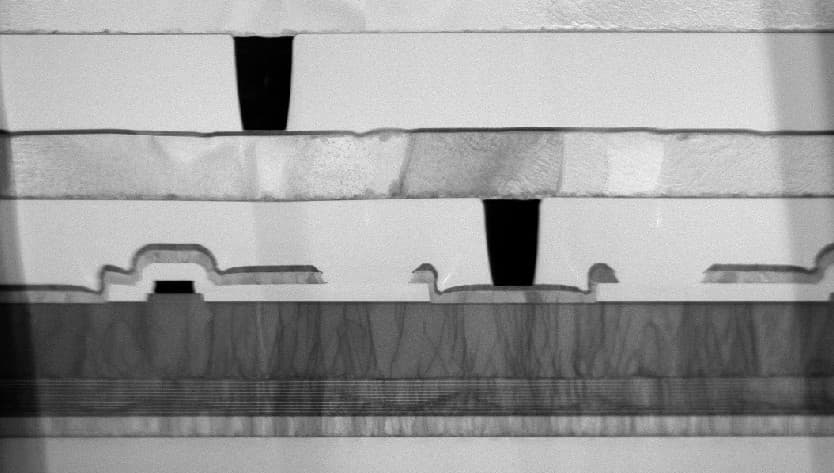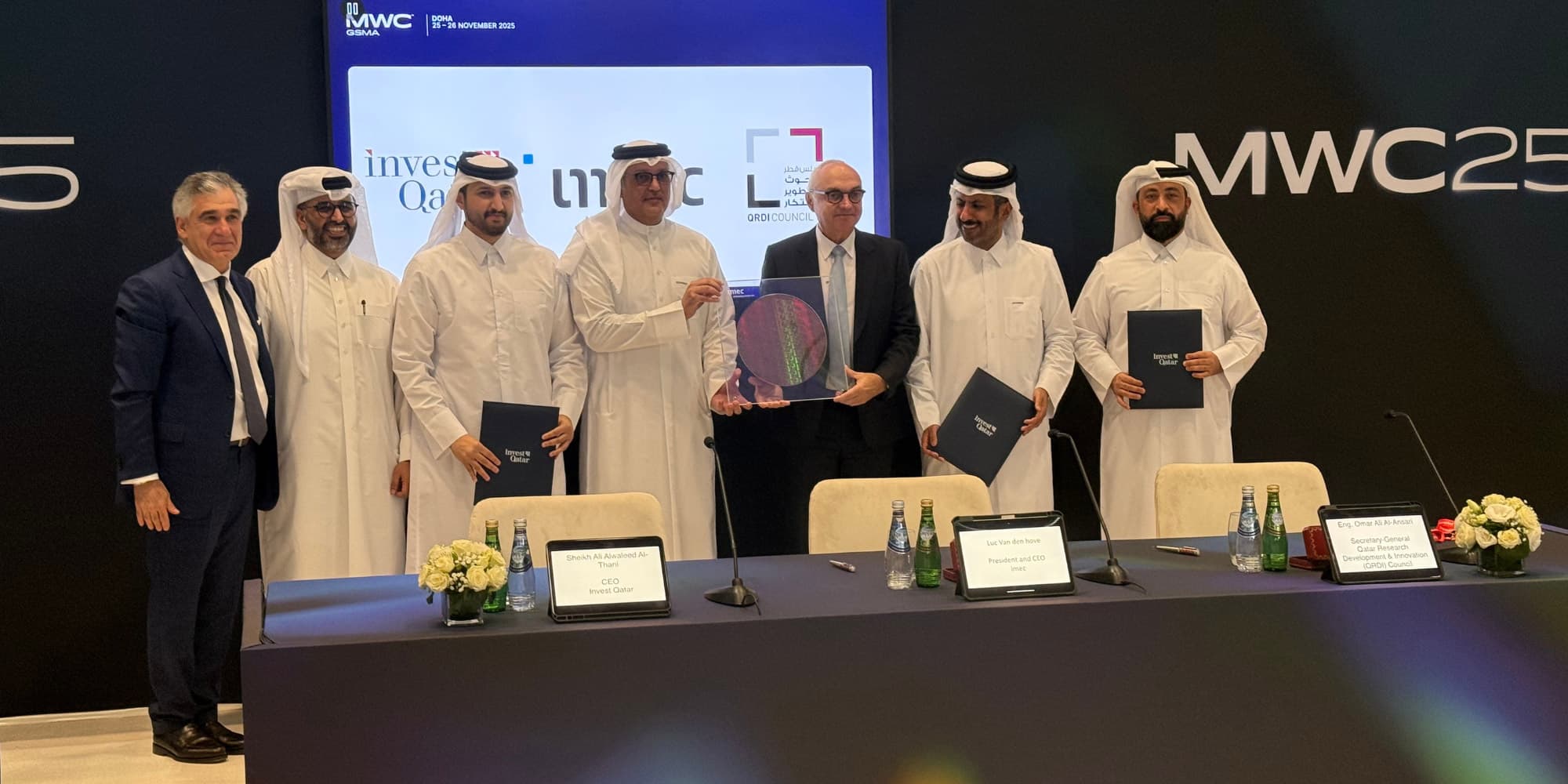Apps: super helpful but also addictive
The roads were icy on Thursday morning, January 5 when I drove to the launch of the ‘City of Things’ project in Antwerp. Traffic was slow. Although it was a Christmas holiday, most people seemed to sit in their cars instead of around the Christmas tree. So I had some time to dream of our new lab. Because that is what Antwerp will become: a gigantic living lab for smart city services – the biggest such lab in Europe. We are going to use it to test sensors, wireless technology, smart algorithms and apps. And we’ll do that together with some of the most innovative entrepreneurs. Today already, bpost vans are driving through the city equipped with sensors to monitor the air quality. That way, we get a fine-grained overview of the air quality in the city. Add a smart developer that makes an app for cyclists to compute the healthiest route between A and B, and you can see how technology may lead to a healthier and more enjoyable life.
In this issue of imec magazine, you’ll again find examples of what the smart future may bring. Our colleague Valerio Panzica La Manna talks about a technology and software for ‘proximity services’, a development of imec/Holst Centre. Through an app on your smartphone, all smart appliances in your environment know when you are close. So they can start to help you. In a hotel lobby, you are checked-in automatically; the treadmill in your fitness venue personalizes its speed and exercise duration; a display in a hospital room automatically opens the patient records when the doctor arrives…
Also the article on the iFest project shows how technology may be used to improve the user experience. In this case for events where large crowds are present such as music festivals, conferences or mass running events. Through a sensor wristband and an app, people can get assistance at any time. Where do I find my favorite food? How do I get to the right hall? How many minutes until I reach a water refreshment? Such tools will also assist the organizers to monitor the crowd in real-time and to assure their security. The challenge for the project was to set up a stable wireless network, which is not so easy in these kinds of chaotic wireless environments where many types of potentially interfering systems are used.
Bart De Wever, mayor of Antwerp, rightfully noticed in his speech during the City of Things launch that a smart city will only succeed if the citizens are involved. We need the crowd to make it a success. Just as Alexander and Roderick of startup SpotCrowd need the crowd to make their product a success. They combined the data of existing cameras with smart algorithms and machine learning. And they set up an online platform where people may subscribe to real-time images of security cameras in shops, images on which faces have been made unrecognizable. The idea is that people help spot and signal shoplifters so that the shop responsible may apprehend them. But hopefully they don’t get addicted to watching the images.
Because this seems to be a real problem: people being addicted to forever checking social media, YouTube and news alerts. In the article on the imec digimeter, you’ll read that we have coined a word for this addiction: digibesitas. According to my wife, I’m already a patient. So this will be my resolution for 2017: curing my digibesitas.
Luc Van den hove,
Chief Executive Officer and President of imec
Published on:
1 February 2017













